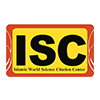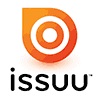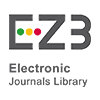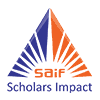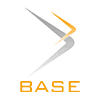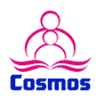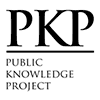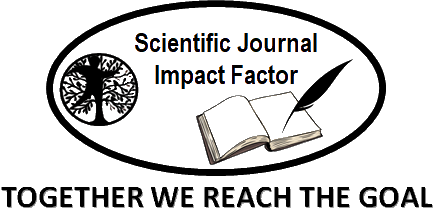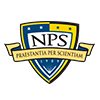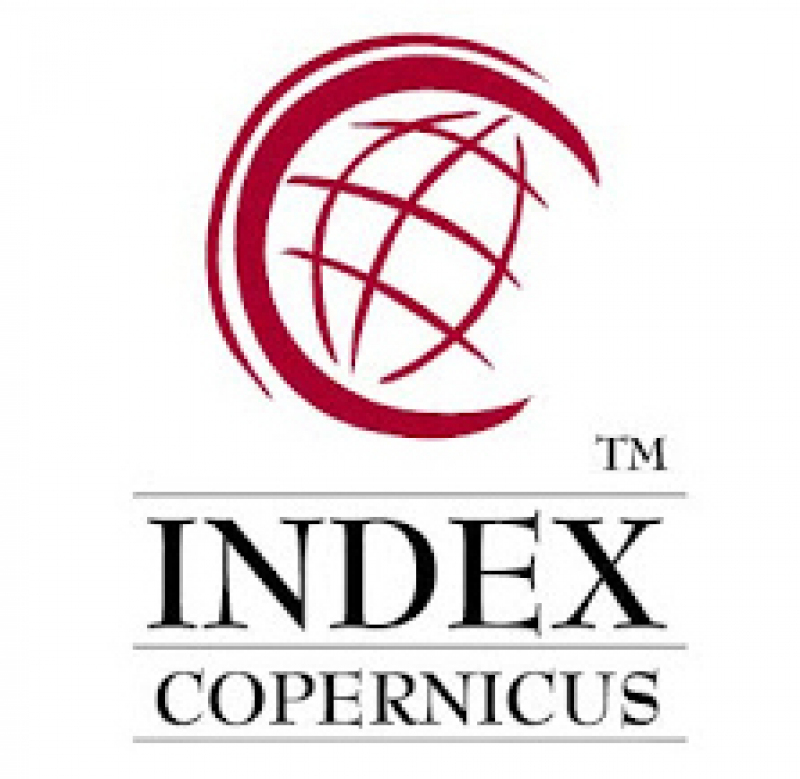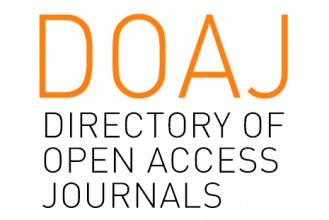An Investigation of Communication Problems and Communication Strategies among Thai Baristas and Foreign Customers in Chiangmai
Abstract
This study explores communication challenges and strategies between Thai baristas and foreign customers in Chiangmai, a major tourist destination with a vibrant coffee culture. Using a mixed-methods approach, data were collected from 50 Thai baristas and 50 foreign customers through questionnaires and semi-structured interviews. The research addresses gaps in intercultural communication studies within hospitality contexts, focusing on linguistic and cultural barriers and adaptive responses. Findings reveal that communication problems often arise from limited English fluency, insufficient vocabulary, incorrect grammar, unclear pronunciation, and difficulties with diverse accents. Thai baristas particularly struggle with understanding orders, explaining product options, and responding to specific customer needs, while foreign customers sometimes fail to simplify their language appropriately. To overcome these challenges, both groups employ strategies such as circumlocution, mime, approximation, and direct appeals for help. Interactional techniques like asking for clarification and using repetition or fillers also help manage misunderstandings and maintain conversational flow. The study highlights the critical role of strategic competence in bridging linguistic and cultural gaps. Practical recommendations include developing tailored English training programs for Thai baristas, focusing on listening, speaking, and intercultural skills. The findings offer insights for enhancing service quality through English for Specific Purposes curricula and workplace training, benefiting educators, policymakers, and business owners. This research contributes to a deeper understanding of English as a Lingua Franca interactions in Thailand’s hospitality sector and suggests directions for future global studies on language, culture, and business.
Keywords
Full Text:
PDFReferences
Acharya, A.S., Prakash, A., Pikee, S., & Nigam, A. (2013). Sampling: Why and how of it? Indian Journal of Medical Specialities, 42(2), 330-333.
Braun V., & Clarke, V. (2006). Using thematic analysis in psychology. Qualitative Research in Psycology. 3(2), 77-101.
Canale, M. (1983). From communicative competence to communicative pedagogy. In J. C.
Creswell, J. W. (1998). Qualitative inquiry and research design: Choosing among five traditions. SAGE Publications, Inc.
Creswell, J. W., & Creswell, J. D. (2018). Research design: Qualitative, quantitative, and mixed methods approaches (5th ed.) SAGE Publications.
Dornyei, Z., & Scott, M. L. (1997). Communication strategies in a second language definitions and taxonomies. Language Learning, 47(1), 173-21.
Ekwannang, P. (2004). A study of verbal cross cultural communication barriers among western expatriates and Thai staff in Thailand [Master’s Project, Srinakharinwirot University].
Jeharsae, F. (2012). English oral communication problems and strategies used by Thai employees in an international workplace to communicate with native and non- 106 native English speaking customers [Master’s Thesis, Srinakharinwirot University].
Kirkey, J. M. (2020). Tourism and tradition in Chiang Mai [Master’s Thesis, Portland State University].
Kittiwutrungruang, K. (2016). International students’ attitudes toward English oral communication with Thai staff at an international college [Independent Study, Thammasat University].
Leelaviriyawong, S. (2015). Foreign tourists’ satisfaction towards English oral communication with Thai vendors in Bangkok [Independent Study, Thammasat University]. 06.pdf.
Lincoln, Y.S., & Guba, E. G. (1985). Naturalistic inquiry. International Journal of Intercultural Relations: IJIR, 9(4), 438-439.
Netfang, C. (2015). Communication barrier between Thai hospital staff and foreign patients [Independent Study, Thammasat University]. 32.pdf.
Pupphavesa, N. (2017). Problems of Thai Airways senior cabin crew towards English language communication with guests in Royal First Class and new business class on international flights [Independent Study, Thammasat University]. Pdf.
Richards, & R. W. Schmidt (Eds.), Language and communication (pp. 2-27). Longman.
Roscoe, J. T. (1975). Fundamental research statistics for the behavioral sciences (2nd ed.). Holt, Rinehart & Winston.
Scheaffer, R. L., Mendenhall, W., & Ott, L. (1990). Elementary survey sampling (4th ed.). Duxbury Press.
Sripraphakhan, K. (2017). Communication strategies used by foreign currency exchange staff at Suvarnabhumi Airport with international customers [Master’s Thesis, Thammasat University].
Su-ya-yai, P. (2018). English communication problems between Thai songthaew drivers and foreign tourists. [Unpublished master’s thesis]. Thammasat University.
Wongchan, M. (2019). The perception of communication problems and communication strategies used by Thai vendors to communicate with English speaking tourists in Chiang Mai province. [Master’s Thesis, University of Phayao].
DOI: http://dx.doi.org/10.18415/ijmmu.v12i6.6782
Refbacks
- There are currently no refbacks.
Copyright (c) 2025 International Journal of Multicultural and Multireligious Understanding

This work is licensed under a Creative Commons Attribution-NonCommercial-NoDerivatives 4.0 International License.
https://ijmmu.com
editor@ijmmu.com
facebook.com/ijmmu
Copyright © 2014-2018 IJMMU. All rights reserved.







